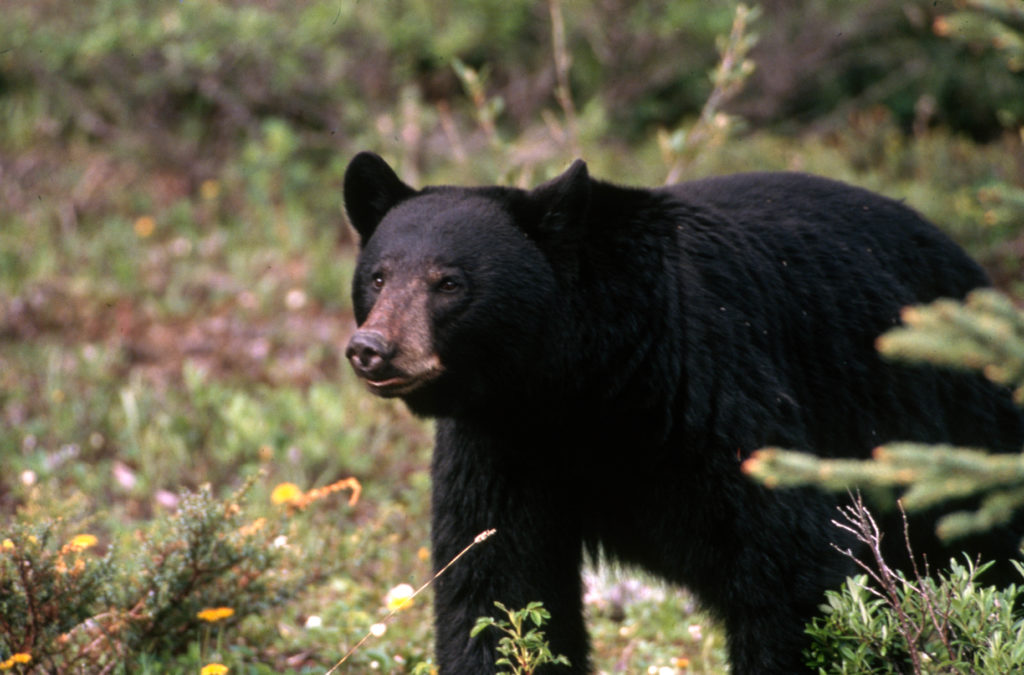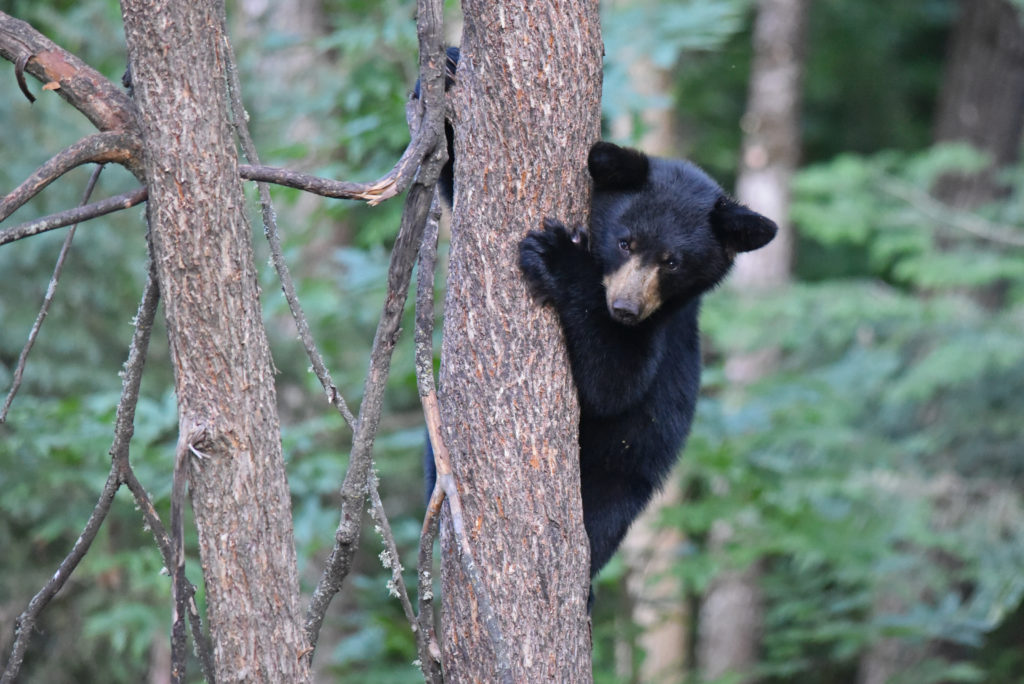Summer Outdoors Trips Could Include Black Bears, So Here’s How To Prepare For Encounters
The following is courtesy of the U.S. Fish and Wildlife Service:

By Rebecca Fabbri
Seeing an American black bear can be a memorable experience, yet we need the public’s help to keep bears wild and people safe. Approaching, disturbing or feeding black bears is likely to have negative and dangerous outcomes for both bears and people. Feeding black bears not only poses a significant threat to humans and bear safety – it’s also illegal in California. Most black bear conflicts can be avoided by practicing basic bear safety guidelines.
Seeing an American black bear can be a memorable experience, yet we need the public’s help to keep bears wild and people safe. Approaching, disturbing or feeding black bears is likely to have negative and dangerous outcomes for both bears and people. Feeding black bears not only poses a significant threat to humans and bear safety – it’s also illegal in California. Most black bear conflicts can be avoided by practicing basic bear safety guidelines.
American black bears are the only bear species found in California and range in color from blonde, black to cinnamon brown. They play an essential role in maintaining healthy ecosystems. Bears help with dispersing native plant and berry seeds through their foraging habits. Additionally, they clean up dead fish and animals and keep hornet nests in check. In most cases, black bears are not a threat to people, but they do deserve our respect and attention. It’s important for visitors and residents in bear country to remain vigilant.
The most common human-bear conflicts involve unsecured attractants, such as garbage and human food.
“Black bears are very smart and opportunistic with an incredible sense of smell,” said Peter Tira, public information officer for California Department of Fish and Wildlife. “Once they learn that they can get food out of a tent, cooler or car, they’ll learn to search those out.”
It’s best to understand what bears need to remain wild and avoid bears whenever possible. You can do this by following bear safety advice when recreating in bear country.

Be mindful where you set up camp
- Don’t set up camp close to a trail bears might use.
- Don’t camp along a stream; bears will use streams for food and water.
- Never camp in places where food or garbage has been left.
- Sleep in your tent, not out in the open.
Keep a clean camp
- Wash your dishes and store waste in a bear-resistant place.
- Clean grills after use — leftover food scents can attract bears.
- Don’t cook near your tent and store all food away from your campsite in specially designed bear-resistant containers.
- Change out of the clothes you cook in.
- Avoid wearing scented lotions and shampoos.
- Do not leave human food, pet food or other scented items in your car.
Don’t surprise a bear
- Make noise, sing or talk loudly. Always let bears know you are there.
- Avoid thick brush whenever possible. When the terrain or vegetation makes it hard to see, make extra noise.
- Hike in a group and keep dogs on leash; groups are easier for bears to detect.
- Walk with the wind at your back, if possible. Bears can see almost as well as people but trust their noses more than their eyes or ears.
- Carry bear spray and know how to use it.
If you see a bear
- Give bears space, especially when they have young with them.
- If the bear appears not to have sensed you, move away without alerting it. Keep your eyes on the bear.
- If the bear does notice you, do not run. Face the bear, stand your ground and talk to it calmly. Let the bear know you are human. Talk in a normal voice. Help the bear recognize you. Try to appear larger by standing close to others in your group or wave your arms slowly above your head. Try to back away slowly, but if the bear follows, stop and hold your ground. Prepare your bear deterrent if you have one.
- If a bear cannot tell what you are, it may come closer or stand on its hind legs to get a better look or smell. A standing bear is usually curious, not threatening.
- If you take the above actions and the bear continues to focus on you or approach, you should become more assertive: raise your voice, beat on pans, use noisemakers, throw rocks or sticks. Use your deterrent if you have one. Try to drive a bear off rather than let it follow you; if you are with others, group together to look big and stand your ground.
For more tips on how to protect yourself in a bear encounter, view this article.



